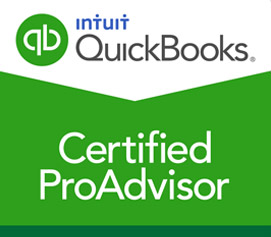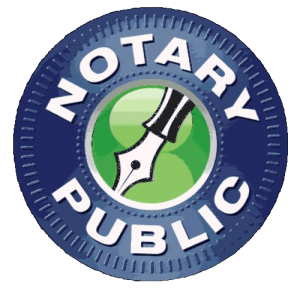Many independent contractors and small business owners have discovered the beauty of PayPal. This popular electronic payment system makes it easy to quickly pay others and get paid for products and services sold without the delay caused by old-fashioned snail mail. Since timing often plays a role in the success of small businesses, the speed and convenience of PayPal are appreciated by many contractors, freelancers, and small business owners.
But come tax time, these same people start wondering where third-party payment systems like PayPal fit into the picture. What are the implications of using PayPal? Understanding how this vendor fits into the tax scene can be challenging, but it’s important to try if you want to avoid potential issues with the IRS.
A Quick Recap on 1099s
One question we often hear around tax time at Adams Accounting Solutions is whether or not PayPal sends 1099 forms out at the end of the year. The short answer to this one is maybe.
Let’s start with a quick recap. There are several types of 1099s, each with its own purpose. Form 1099-MISC is the most common for freelancers and independent contractors and is used to report income earned from sources other than wages, salaries, and tips. If you’re self-employed, you probably receive 1099-MISC forms from the clients you worked for in the past year. The IRS sets a minimum earnings threshold of $600 per entity. In other words, if you earn $600 or more from a client, they’re required to send you a 1099-MISC at the end of the year.
Form 1099 isn’t just for income earned as a contractor or freelancer, though. The IRS also requires a 1099-MISC to be issued for any individual or business paid $600 or more for non-employee services during the year. This includes payments made by check, cash, credit card, or PayPal. This is the flip side of the coin in the previous paragraph.
Understanding PayPal’s 1099-K Form
The 1099-K from PayPal is slightly different from the 1099-MISC. The 1099-K is used to report the gross amount of payments received through PayPal rather than the net amount received after fees are deducted. This means the 1099-K includes all payments received through PayPal, including refunds, disputed payments, and payments received for goods and services.
Not everyone who uses PayPal gets a 1099-K. The vendor is only required to send a 1099-K if you meet both of the following criteria, which apply to tax years through 2022:
- You received $20,000 or more in payments through PayPal during the year.
- You received 200 or more payments through PayPal during the year.
Effective in tax year 2023, the IRS is lowering the reporting threshold for PayPal payments to $600 per calendar year and removing the 200-transaction requirement.
Remember that whether you receive any 1099s or not, you are still required to report all income received from any sources on your tax return.
Where to Find Your PayPal 1099-K
If you’re looking for your PayPal 1099-K in the mailbox, forget it. It’s an online transaction platform, after all. Your 1099-K will be available in your PayPal account under the “Tax Documents” section by January 31 of the following year.
If you received income through PayPal but don’t receive a 1099-K, you can access your transaction history to calculate the total income received. To do this, log in to your PayPal account and click on the “Statements and Taxes” tab. From there, you can create a custom statement, filtering your transactions by date range.
Still Have Questions? Adams Accounting Solutions Has Answers!
Understanding 1099s is an important part of running a business, and when questions arise, it’s good to have someone to call. For help with all aspects of tax planning, including 1099s and business-related tax deductions, give Adams Accounting Solutions a call. We’ve been helping clients with their tax needs for over 25 years. We’d love to help you too!



